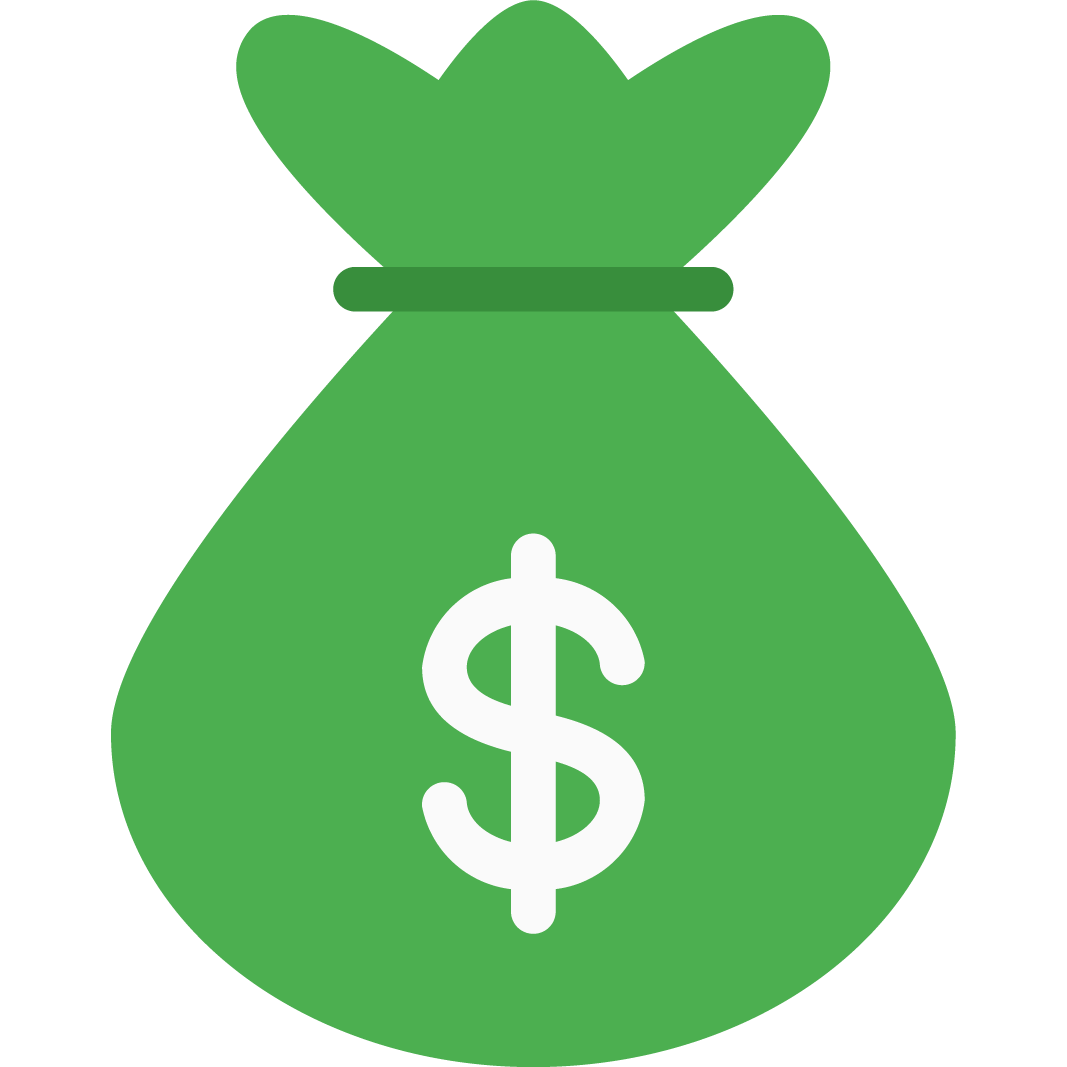NJ's Best Online Casinos 2025

Safe & Secure Payment Methods

Best Offers Guaranteed

Players from NJ accepted

Safe & Secure Payment Methods

Best Offers Guaranteed

Players from NJ accepted
To improve your betting decisions, focus on calculating the edge per bet. This metric reveals how much advantage you hold over the bookmaker, allowing you to make data-driven choices. Start by determining the implied probability of an outcome from the odds you have. Convert the odds into a percentage to understand the bookmaker's expectations.
For instance, if you have odds of 2.00, the implied probability is 50%. Next, assess your actual probability of that outcome occurring based on your research. If you believe the true probability is 60%, you have a 10% edge. This is calculated as (Your Probability - Implied Probability) × 100.
Utilize this edge to evaluate your potential profit. A bet with a significant edge suggests higher expected value, guiding you to place more informed bets. Keeping track of your edge over time supports consistent analysis and adjustment of your strategies, enhancing your overall betting performance.
Establish your edge by calculating the true probability of an outcome versus the odds offered by bookmakers. Begin by assessing the statistical data of the teams or players involved, considering factors such as past performance, injuries, and environmental conditions. This analysis helps you determine what you believe to be the more accurate odds.
For instance, if you estimate a team's probability of winning a match is 60%, this translates to odds of 1.67 (1 / 0.6). If the bookmaker offers odds of 2.00, you possess an edge of 0.33 or 33% (2.00 - 1.67). Betting on this outcome could yield profit if your analysis holds true over time.
It's crucial to remain disciplined in your approach. Always bet within your means and avoid chasing losses. Keeping meticulous records of your bets can provide invaluable insights into your performance and areas for improvement.
Incorporate multiple sources of information when evaluating odds. Utilize models or simulations that reflect the current state of the teams or players. This will refine your understanding of market inefficiencies that could present profitable opportunities.
Consider adjusting your strategy based on betting trends and the volume of bets placed. If a large number of bets shift the odds away from what you calculate as fair value, this may indicate a misjudgment in public perception that you can exploit.
Regularly reassess your edge. What worked in one season may not apply in another due to changes in team dynamics or player conditions. Adaptability ensures you stay ahead and consistently find value even as conditions change.
Begin by determining the odds offered by the bookmaker for the bet you are considering. Identify whether these odds are in decimal, fractional, or American format to ensure accurate calculations.
Next, assess the implied probability from the bookmaker’s odds. For decimal odds, use the formula:
For fractional odds:
If you’re using American odds, convert them to implied probability. For positive odds:
For negative odds:
Now, evaluate your own assessment of the actual probability of the event occurring. This estimation should be based on data, statistics, or expert insights relevant to the specific bet.
Once you have both implied probability and your own probability, calculate your edge as follows:
If your edge is positive, it indicates a potential profitable opportunity. A negative edge suggests that the bookmaker has the upper hand.
Finally, it's wise to regularly compare your assessment of probability with market movements and outcomes to refine your betting strategy over time.
Calculate the edge by determining the implied probability of an outcome and comparing it with your estimated probability. If your estimated probability exceeds the bookmaker’s implied probability, you have a value bet worth considering.
To illustrate this, use the following formula to calculate your edge:
Edge (%) = (Your Probability - Bookmaker's Implied Probability) x 100
Here’s an example:
| Outcome | Your Probability (%) | Bookmaker's Odds (%) | Implied Probability (%) | Edge (%) |
|---|---|---|---|---|
| Team A wins | 55 | 2.00 (evens) | 50 | 5 |
In this scenario, your edge is 5%, indicating a potential value bet. Focus on opportunities where the edge exceeds 2-3% for a sustainable betting strategy.
Keep records of your calculations, decisions, and outcomes to refine your approach. This will help you identify patterns, adjust your probability estimates, and improve your betting strategy over time.
Regularly compare your calculated edges against your records and stay disciplined. Avoid emotional betting; stick to outcomes where you see value based on your calculations.
Lastly, never overlook the importance of staking wisely. Use a staking plan aligned with your calculated edges. This will help maximize long-term profitability while managing risk effectively.
Rely on accurate data by always using current and verified odds. Many bettors make the mistake of relying on outdated or incorrect figures when calculating their edge. Double-check the sources of your data to ensure you have the best information at hand.
Failing to account for the bookmaker’s margin is another common pitfall. Always subtract the margin from the odds to attain a true reflection of the probabilities. This step clarifies how much value exists in a given bet and helps refine your strategy.
Another frequent error involves misunderstanding implied probabilities. Convert odds accurately using the formula: Implied Probability = 1 / Decimal Odds. Misinterpretation of this calculation can lead to overestimating potential returns.
Ignoring public sentiment and market movements can skew your edge calculations. Track how public opinion influences odds, especially leading up to major events. Adjust your strategy accordingly if you notice significant discrepancies between public perception and statistical data.
Be wary of overconfidence in your edge calculations. Regularly revisit and reassess your strategies. Adapt and refine your approach based on new insights or shifts in the betting environment to maintain a competitive edge.
Lastly, neglecting to keep records of your bets and outcomes is detrimental. Record-keeping aids in identifying patterns in your betting behavior and highlights areas for improvement. Analyze your results to better understand your edge and make informed adjustments for future bets.
Utilize reputable betting calculators like the Odds Converter and Profit Calculator to streamline your edge calculation process. These tools help to quickly assess potential returns based on odds and stake size, simplifying complex calculations.
Data analysis software such as Microsoft Excel or Google Sheets can enhance your edge calculation capabilities. Create spreadsheets that track your bets, analyze historical data, and project future performance based on your betting strategy. Formulas can automate the computation of your edge, making it accessible and efficient.
Consider leveraging specialized websites like Betfair's API or sports statistics platforms. These resources provide real-time data, allowing for precise calculations of probability and edge based on current events and statistics.
Join online forums or communities focused on betting strategies. Engaging with experienced bettors offers insights into edge calculation methods and best practices that you might not have encountered independently.
Utilize betting strategy guides or eBooks available through various betting platforms. Many of these resources elaborate on calculating edge and provide case studies to illustrate their application.
Incorporate simulation software as well. Programs that simulate thousands of betting scenarios can reveal potential outcomes and help confirm the accuracy of your edge calculations under different conditions.
Focus on calculating the edge for each specific betting market. Sports betting, casino games, and eSports each have unique characteristics, requiring tailored calculations. For sports betting, gather data on team statistics, player performance, and historical outcomes. Use this information to determine your expected probability of an event occurring and compare it to the bookmaker's implied probability. This comparison reveals your edge.
In casino gaming, consider the house edge. For games like blackjack or poker, leverage your skill level to calculate the true edge. A skilled player in blackjack can reduce the house edge to less than 1%. Use strategies such as card counting to improve your chances and find opportunities where the odds favor you.
eSports offers a dynamic environment. Analyze player statistics, team composition, and match history. Calculate your edge by comparing your estimated probabilities against betting lines. Use models that incorporate factors like the map vote, player rankings, and recent performance trends. Quick adaptations can yield significant advantages.
Additionally, continuously reassess your edge as situations change. Betting markets can shift quickly based on news, injuries, or other developments. Set up alerts for important updates and adjust your calculations accordingly. This real-time engagement enhances your decision-making, ensuring you remain ahead.
In each betting market, applying specific edge calculations consistently allows you to develop a comprehensive strategy that maximizes your profitability. Stay informed, adapt to the nuances of each market, and always refine your approach based on the latest data. Achieving consistent success requires dedication and analytical rigor.